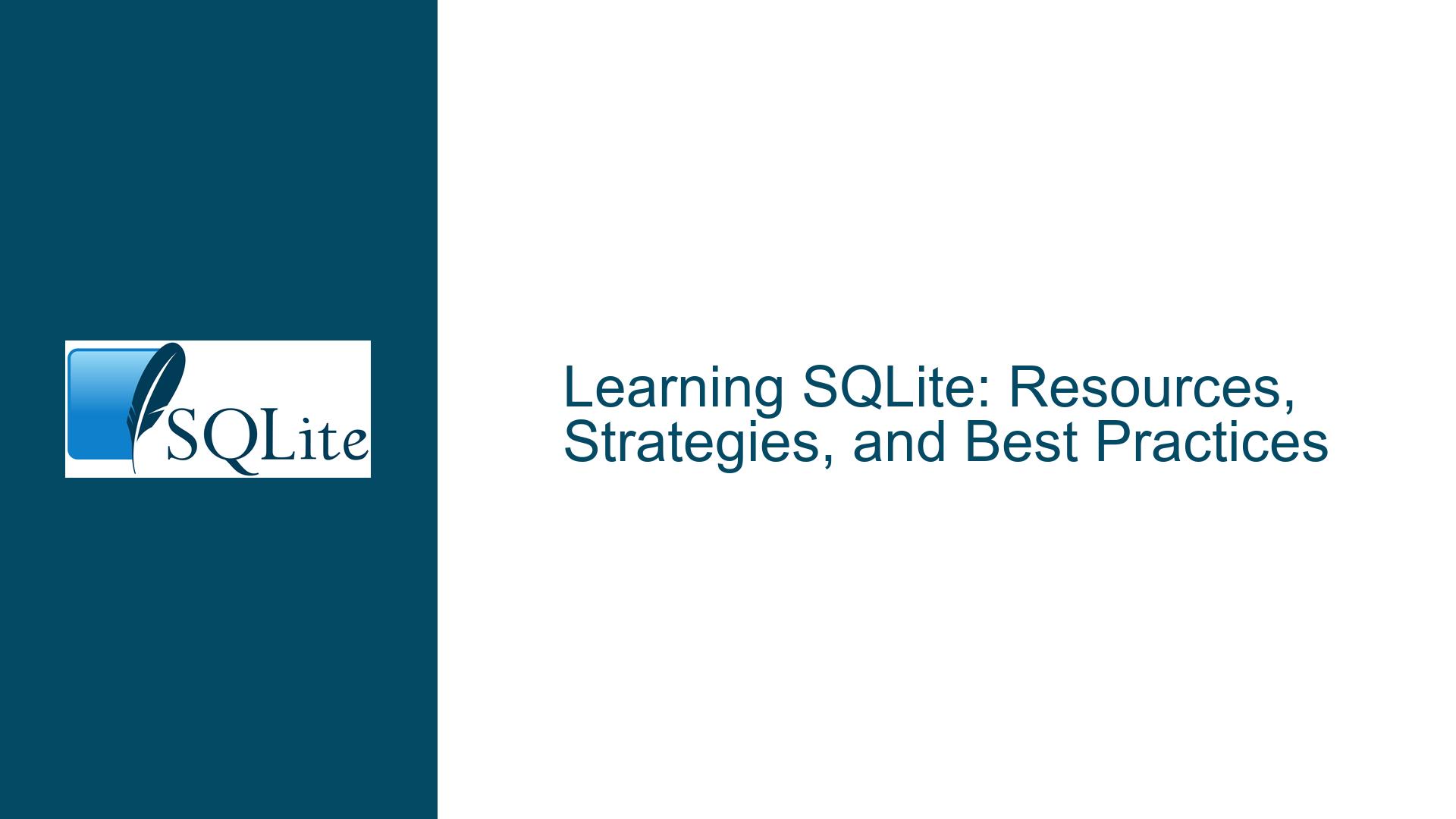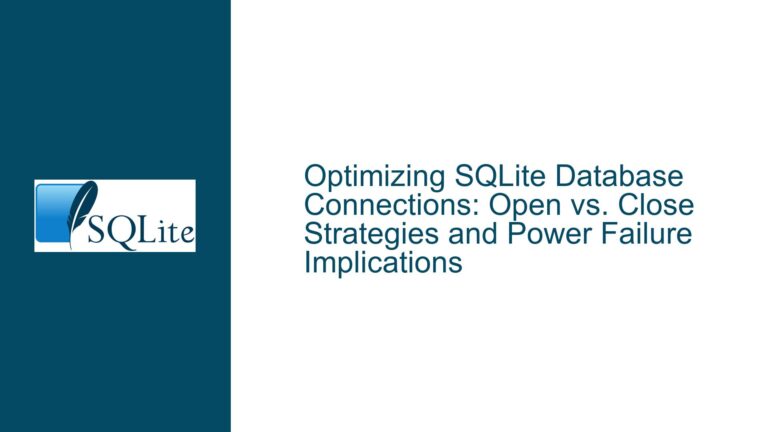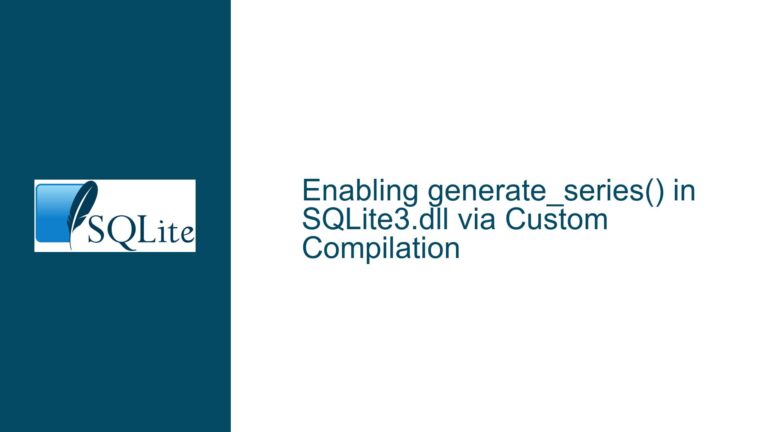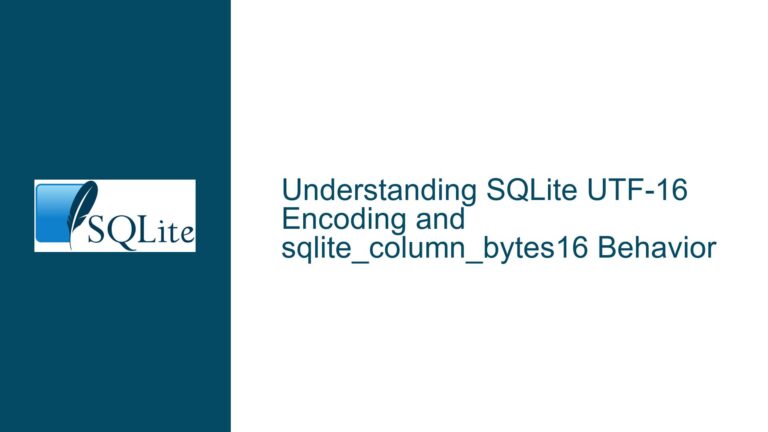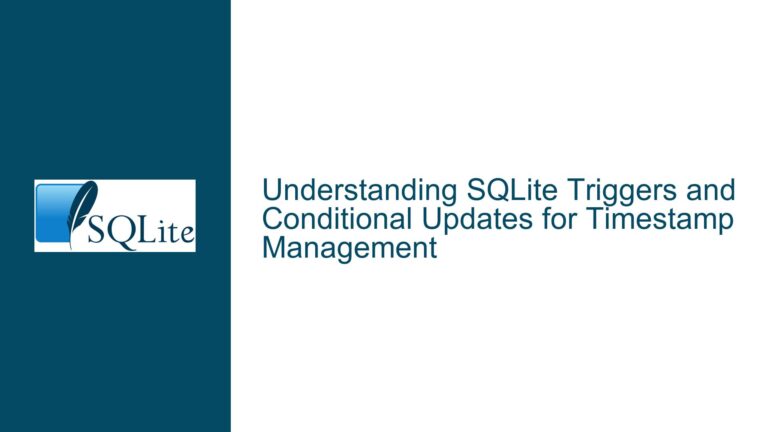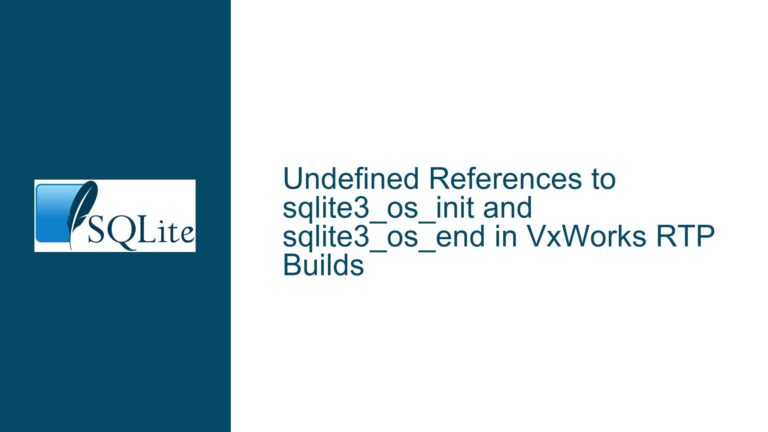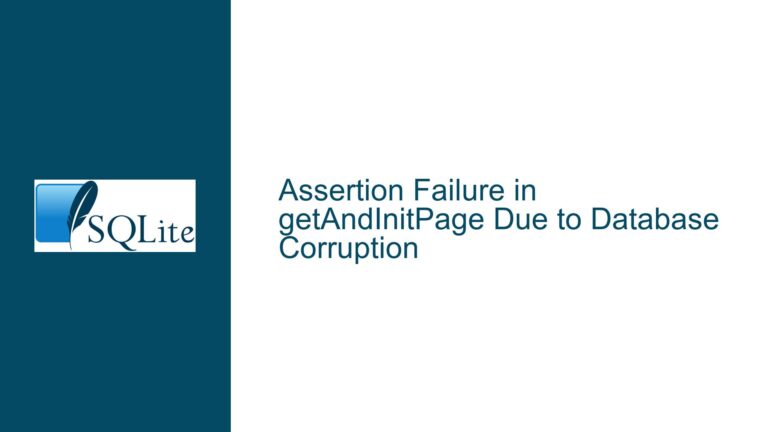Learning SQLite: Resources, Strategies, and Best Practices
Understanding SQLite Syntax and Core Functionality
SQLite is a lightweight, serverless, and self-contained SQL database engine that is widely used in embedded systems, mobile applications, and small-to-medium-sized projects. Unlike traditional relational database management systems (RDBMS) such as MySQL or PostgreSQL, SQLite does not require a separate server process and stores the entire database as a single file. This simplicity makes SQLite an excellent choice for developers who need a fast, reliable, and easy-to-use database solution. However, mastering SQLite requires a solid understanding of its syntax, core functionality, and unique features.
To begin with, SQLite supports standard SQL syntax, but it also includes several extensions and limitations that set it apart from other SQL databases. For instance, SQLite does not enforce type constraints as strictly as other databases. In SQLite, any column can store any type of data, regardless of the declared column type. This feature, known as "type affinity," allows for greater flexibility but can also lead to unexpected behavior if not properly understood.
Another key aspect of SQLite is its transactional model. SQLite uses a file-based locking mechanism to ensure data integrity during concurrent access. While this approach is efficient for single-user or low-concurrency scenarios, it can become a bottleneck in high-concurrency environments. Understanding how SQLite handles transactions, locks, and concurrency is crucial for optimizing performance and avoiding deadlocks.
In addition to its core SQL functionality, SQLite provides several built-in functions and extensions that can simplify complex queries and data manipulation tasks. For example, SQLite supports common table expressions (CTEs), window functions, and full-text search, which are powerful tools for advanced data analysis. However, these features are not always well-documented, and their usage often requires a deep understanding of SQLite’s internals.
To fully grasp SQLite’s syntax and core functionality, it is essential to engage in hands-on practice. Using the SQLite command-line interface (CLI) is an excellent way to experiment with SQL commands, test queries, and explore the database’s behavior. The CLI provides immediate feedback and allows developers to interact directly with the database, making it an invaluable tool for learning and debugging.
Identifying the Right Learning Resources for SQLite
When it comes to learning SQLite, the choice of resources can significantly impact the effectiveness of the learning process. While there are numerous online tutorials, books, and courses available, not all of them are created equal. Some resources may provide a superficial overview of SQLite’s features, while others may delve too deeply into advanced topics without adequately covering the basics. Therefore, it is crucial to select resources that align with your learning style, prior knowledge, and specific goals.
One highly recommended resource is the official SQLite documentation, which is comprehensive, well-organized, and regularly updated. The documentation covers everything from basic SQL commands to advanced topics such as virtual tables and the SQLite C API. It also includes detailed explanations of SQLite’s design principles, performance considerations, and best practices. For developers who prefer a more structured approach, the documentation provides a series of tutorials and guides that walk through the process of creating, querying, and managing SQLite databases.
Another valuable resource is "The Definitive Guide to SQLite" by Grant Allen and Mike Owens. This book is widely regarded as one of the most authoritative and practical guides to SQLite. It covers the entire spectrum of SQLite’s features, from basic SQL syntax to advanced topics such as database design, optimization, and integration with other programming languages. The book also includes numerous examples, exercises, and real-world case studies that help reinforce the concepts and techniques discussed.
For developers who prefer interactive learning, websites like SQLite Tutorial and SQL-EX offer a hands-on approach to mastering SQLite. SQLite Tutorial provides a series of step-by-step lessons that cover the fundamentals of SQLite, including creating tables, inserting data, querying databases, and working with transactions. The site also includes a built-in SQLite shell that allows users to practice SQL commands directly in their browser. SQL-EX, on the other hand, focuses on problem-solving and offers a collection of SQL challenges that range from beginner to advanced levels. These challenges are designed to test your understanding of SQL concepts and improve your query-writing skills.
In addition to these resources, it is also beneficial to explore SQLite’s integration with popular programming languages such as Python, C, and Java. For example, the Python SQLite3 module provides a simple and intuitive interface for interacting with SQLite databases, making it an excellent choice for developers who are already familiar with Python. Similarly, the SQLite C API offers low-level access to SQLite’s functionality, allowing developers to build custom extensions and optimize performance. By leveraging these language-specific resources, you can gain a deeper understanding of how SQLite works and how it can be integrated into your projects.
Tailoring Your Learning Approach to Your Background and Goals
The effectiveness of your SQLite learning journey largely depends on your prior experience, preferred learning style, and specific objectives. For instance, if you are an experienced programmer with a background in Python, you may find it easier to learn SQLite by using the Python SQLite3 module. This approach allows you to leverage your existing knowledge of Python and apply it to database programming. On the other hand, if you are a C programmer, you may prefer to dive directly into the SQLite C API, which provides a more granular level of control over the database.
It is also important to consider your goals when selecting a learning approach. If your primary objective is to quickly get up to speed with SQLite for a specific project, you may want to focus on practical, hands-on exercises that simulate real-world scenarios. This could involve creating a sample database, writing queries to retrieve and manipulate data, and optimizing the database for performance. By working on concrete problems, you can develop a deeper understanding of SQLite’s capabilities and limitations.
On the other hand, if your goal is to gain a comprehensive understanding of SQLite and its underlying principles, you may want to take a more theoretical approach. This could involve studying SQLite’s architecture, exploring its source code, and experimenting with advanced features such as virtual tables and custom functions. While this approach may require more time and effort, it can provide valuable insights into how SQLite works and how it can be extended or customized to meet specific needs.
Regardless of your background or goals, it is essential to adopt a proactive and iterative learning approach. This means actively engaging with the material, experimenting with different techniques, and continuously refining your understanding based on feedback and results. For example, after reading a chapter on SQLite transactions, you could try implementing a transaction in your own database and observe how it behaves under different conditions. Similarly, after completing a tutorial on SQLite indexing, you could analyze the performance of your queries and experiment with different indexing strategies to see which one works best.
In conclusion, learning SQLite is a rewarding but challenging endeavor that requires a combination of theoretical knowledge, practical skills, and hands-on experience. By selecting the right resources, tailoring your learning approach to your background and goals, and adopting a proactive and iterative mindset, you can master SQLite and unlock its full potential for your projects. Whether you are a seasoned developer or a beginner, the key to success lies in continuous learning, experimentation, and a willingness to explore the nuances of this powerful and versatile database engine.
